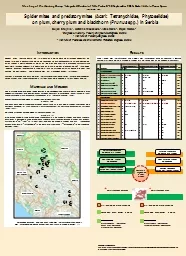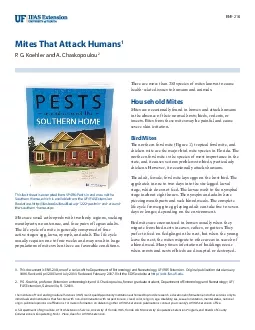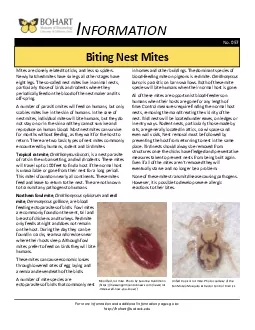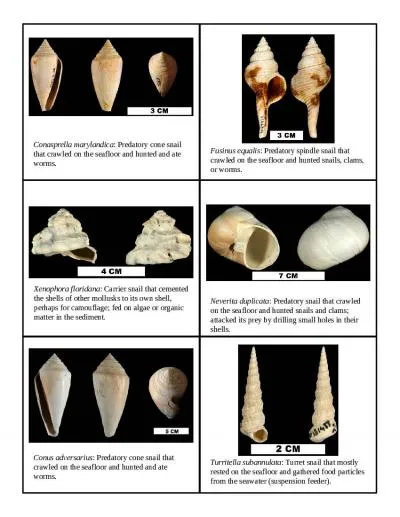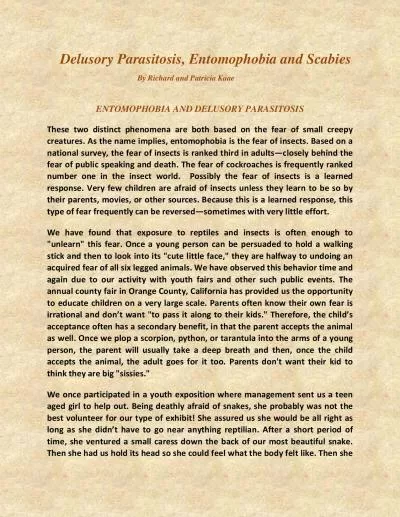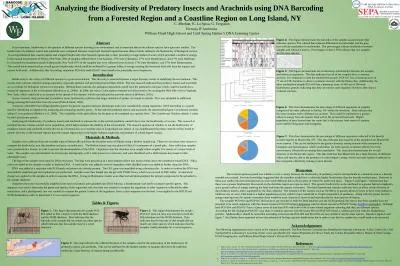PPT-S pider mites and predatory mites
Author : partysilly | Published Date : 2020-06-15
Acari Tetranychidae Phytoseiidae on plum cherry plum and blackthorn Prunus spp in Serbia Bojan Stojnić 1 Katarina Mladenović 2 Ivana Mari
Presentation Embed Code
Download Presentation
Download Presentation The PPT/PDF document "S pider mites and predatory mites" is the property of its rightful owner. Permission is granted to download and print the materials on this website for personal, non-commercial use only, and to display it on your personal computer provided you do not modify the materials and that you retain all copyright notices contained in the materials. By downloading content from our website, you accept the terms of this agreement.
S pider mites and predatory mites: Transcript
Download Rules Of Document
"S pider mites and predatory mites"The content belongs to its owner. You may download and print it for personal use, without modification, and keep all copyright notices. By downloading, you agree to these terms.
Related Documents

